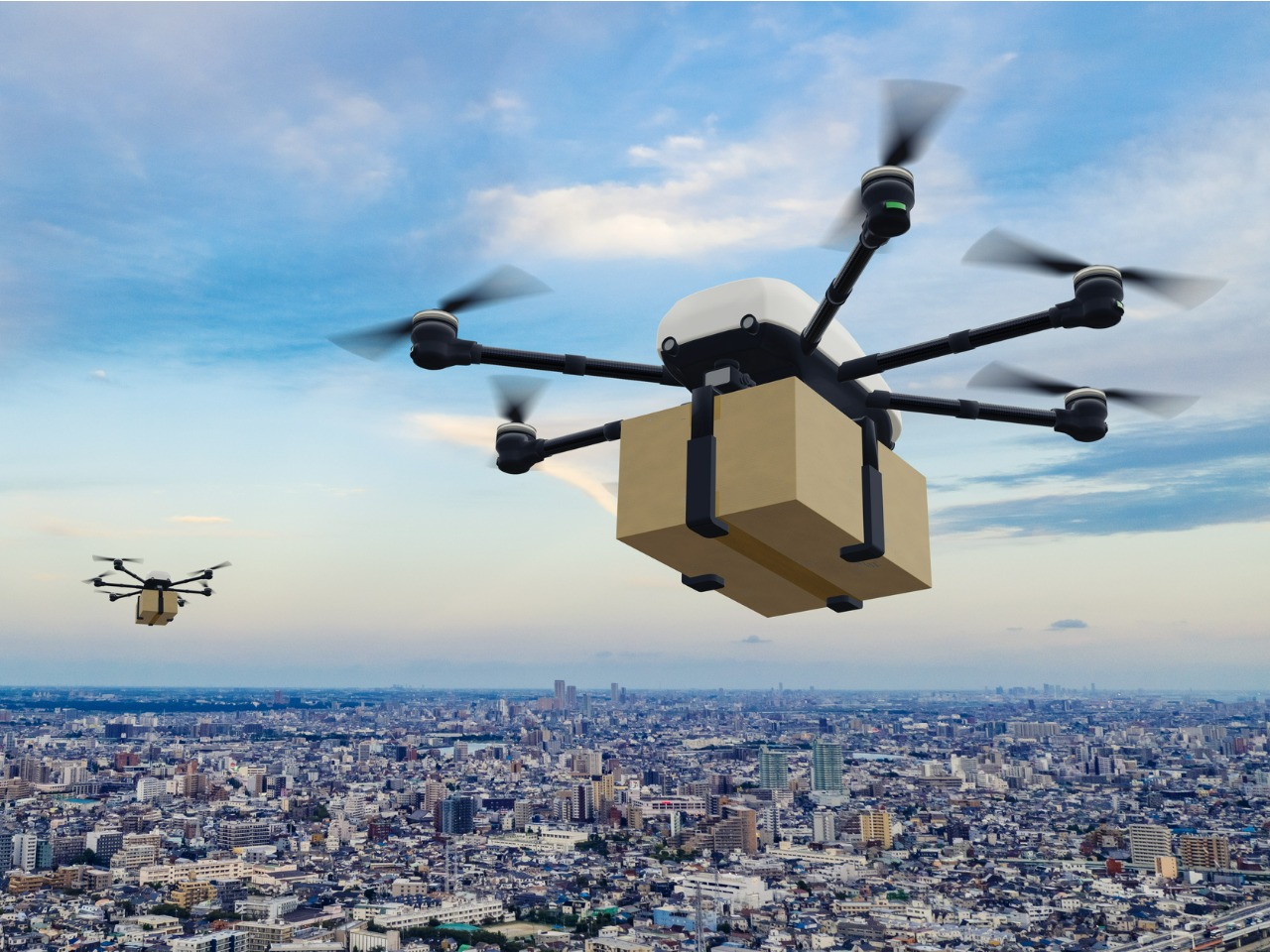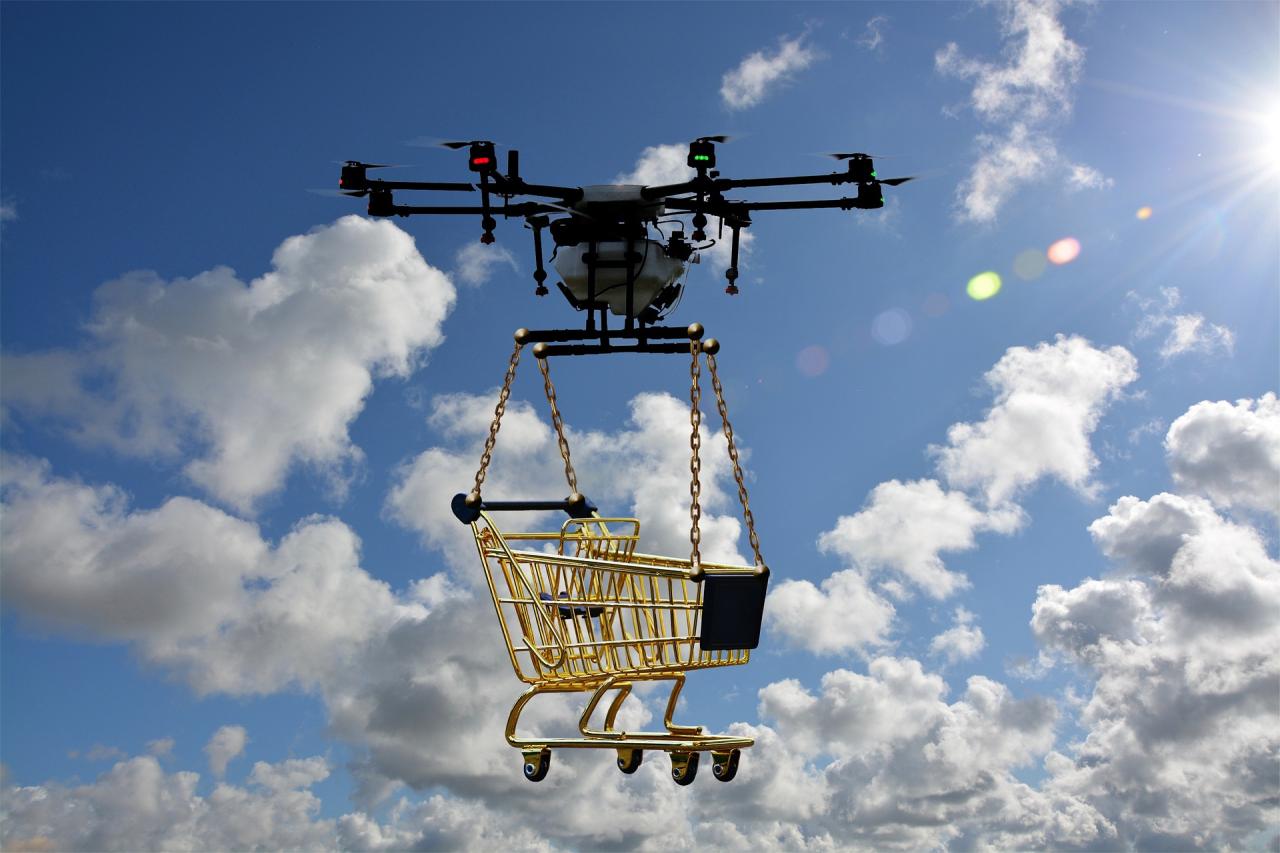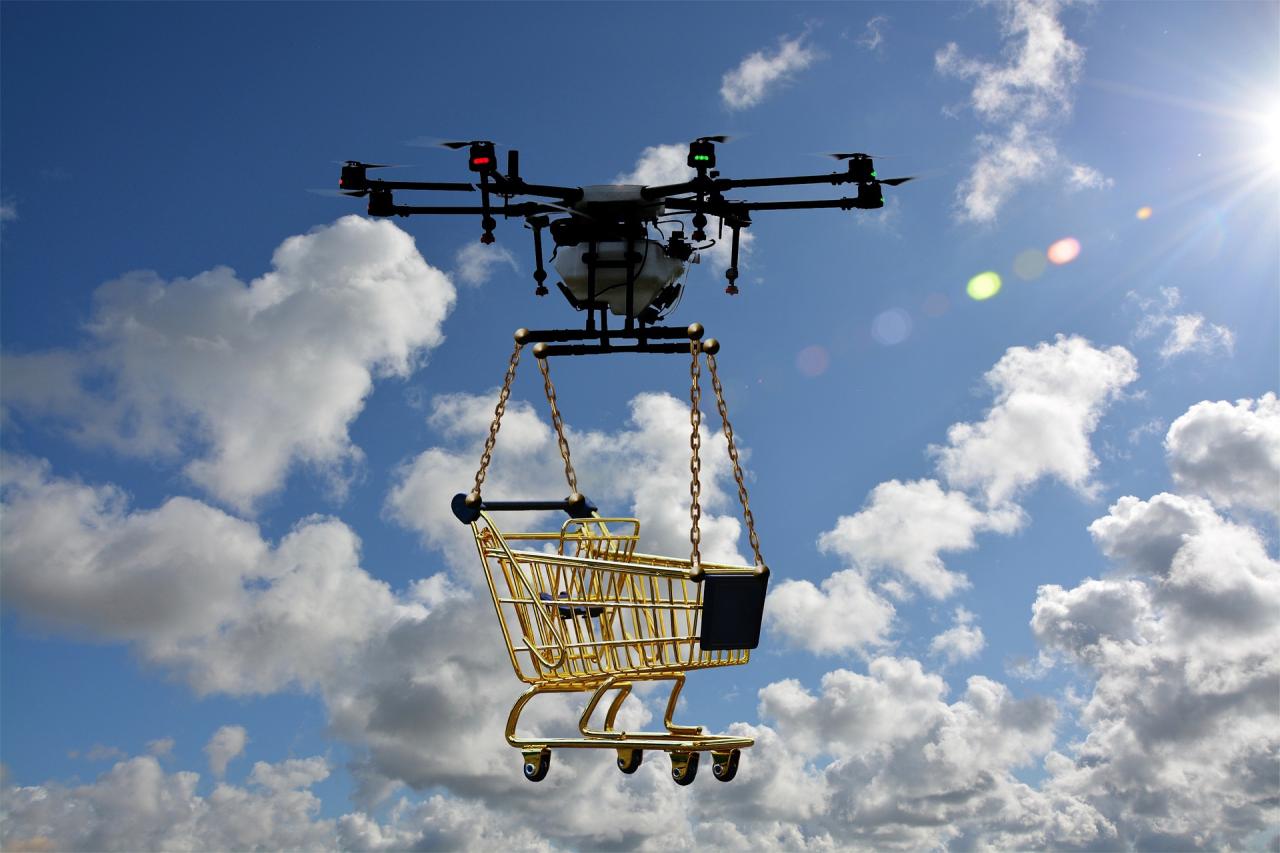Remington drone loads represent a significant advancement in heavy-lift capabilities. This exploration delves into the various Remington drone models, their payload capacities, and the diverse industries leveraging their strength for efficient heavy-load transportation. We’ll examine the technical specifications, safety protocols, and regulatory considerations essential for safe and effective operation, ultimately envisioning future innovations in this rapidly evolving field.
From construction sites utilizing drones for material delivery to search and rescue operations deploying heavy equipment, the applications are far-reaching. Understanding the nuances of payload capacity, weight limitations, and the appropriate drone model for specific tasks is crucial for maximizing efficiency and safety. This comprehensive overview will equip readers with the knowledge to navigate the complexities of Remington drone load operations.
Remington Drone Models and Payload Capacity
Remington offers a range of drones designed for heavy-lift operations. This section details the available models, their payload capacities, and the types of payloads they can handle.
Remington Drone Model Comparison
The following table compares the key specifications of various Remington drone models, focusing on payload capacity, weight, and dimensional limitations. Note that these specifications are subject to change based on ongoing technological advancements.
| Model | Payload Capacity (kg) | Maximum Dimensions (cm) | Weight Restrictions (kg) |
|---|---|---|---|
| Remington X100 | 50 | 120 x 100 x 50 | 100 |
| Remington X200 | 100 | 150 x 120 x 60 | 150 |
| Remington X300 | 150 | 180 x 150 x 70 | 200 |
| Remington X400 | 200 | 200 x 180 x 80 | 250 |
Payload Types
Remington drones are capable of carrying a variety of payloads, adapting to diverse operational needs. The payload capacity varies depending on the specific drone model.
Discussions around Remington drone loads often involve payload capacity and operational safety. The recent incident involving a drone, detailed in this article about an nj drone shot down , highlights the importance of regulatory compliance and responsible drone operation. Understanding these factors is crucial for ensuring safe and efficient Remington drone loads in various applications.
- High-resolution cameras for aerial photography and videography
- Multispectral and hyperspectral sensors for agricultural monitoring and environmental studies
- LiDAR sensors for 3D mapping and surveying
- Delivery packages for logistics and transportation in challenging terrains
- Specialized equipment for search and rescue operations
Applications of Remington Drones with Heavy Loads
Remington heavy-lift drones find applications across several industries, revolutionizing heavy load transportation in various contexts.
Industry Applications and Examples
- Construction: Transporting building materials to hard-to-reach areas, significantly reducing labor costs and project timelines. For example, a Remington X200 was used to deliver concrete blocks to a remote mountaintop construction site, saving several days of manual labor.
- Agriculture: Precise application of fertilizers and pesticides, reducing waste and environmental impact. A Remington X300 successfully sprayed a large field with minimal overlap, leading to a 15% increase in yield.
- Disaster Relief: Delivering essential supplies and equipment to disaster-stricken areas where traditional transportation is impossible. Following a recent earthquake, Remington X100 drones provided immediate relief by delivering medical supplies to remote villages.
- Infrastructure Inspection: Inspecting bridges, power lines, and other infrastructure, providing high-resolution images and data for assessment and maintenance. A detailed inspection of a long-span bridge using a Remington X400 identified a critical structural weakness, preventing a potential disaster.
Comparison with Other Heavy-Lift Solutions
Remington drones offer several advantages over traditional heavy-lift solutions such as helicopters or trucks, including reduced operational costs, increased accessibility to difficult terrains, and lower environmental impact.
Technical Specifications and Operational Aspects

Understanding the technical specifications and operational procedures is crucial for safe and efficient operation of Remington heavy-lift drones.
Technical Specifications
Remington drones utilize high-performance motors, robust batteries, and advanced flight controllers to manage heavy payloads. Specific specifications vary by model but generally include:
- High-torque brushless motors for powerful lift and stability
- High-capacity lithium-polymer batteries with extended flight times
- Advanced flight controllers with GPS, IMU, and obstacle avoidance systems
Flight Control and Safety Mechanisms
Remington drones incorporate multiple safety features to ensure stable and secure operation with heavy payloads.
- Redundant flight control systems for fail-safe operation
- Advanced obstacle avoidance systems using sensors and AI algorithms
- Geofencing capabilities to restrict flight zones and prevent unauthorized operation
- Emergency landing systems for autonomous descent in case of system failure
Safe Payload Loading and Unloading Procedure
- Carefully inspect the drone and payload for any damage or defects.
- Securely attach the payload to the drone’s designated mounting points using appropriate straps or mechanisms.
- Perform a pre-flight check of all systems, including batteries, motors, and sensors.
- Initiate the flight sequence following established safety protocols.
- Upon reaching the destination, carefully detach the payload and secure it before returning the drone.
Regulations and Safety Considerations for Heavy-Lift Drones: Remington Drone Loads
Operating heavy-lift drones requires adherence to strict regulations and safety protocols to mitigate potential risks.
Regulations and Certifications
Operators of Remington heavy-lift drones must comply with all relevant national and international aviation regulations. This includes obtaining necessary permits, licenses, and certifications for drone operation and payload transportation. Specific regulations vary by location and are subject to change.
Safety Hazards and Mitigation Strategies
Heavy-lift drone operations pose several safety hazards, including payload instability, loss of control, and potential collisions. Mitigation strategies include thorough pre-flight checks, redundant systems, experienced operators, and adherence to strict safety protocols. Regular maintenance and inspections are also crucial.
Safe Operating Distance
Maintaining a safe operating distance from obstacles is paramount during heavy-lift operations. A minimum safe distance should be calculated based on the drone’s dimensions, payload weight, wind conditions, and the type of obstacle. For instance, a large-scale construction site might require a 50-meter radius clear zone, while a less congested area might allow for a smaller radius, depending on the specific circumstances and relevant regulations.
Future Developments and Innovations in Remington Heavy-Lift Drones

Ongoing research and development aim to enhance the capabilities of Remington heavy-lift drones.
Advancements in Technology
- Battery Technology: Development of higher-capacity, lighter-weight batteries with extended flight times, utilizing advanced materials and designs.
- Motor Design: Improvements in motor efficiency and power output, leading to increased payload capacity and reduced energy consumption.
- Flight Control Systems: Integration of more sophisticated AI-powered flight control systems with enhanced autonomy, obstacle avoidance, and precision control.
Addressing Current Limitations, Remington drone loads

These advancements will directly address current limitations in heavy-lift drone applications, enabling the transport of even heavier payloads over longer distances with greater precision and safety. For example, improved battery technology will significantly extend flight time for applications requiring extended operations, while advanced flight control systems will allow for autonomous navigation in complex environments.
In conclusion, Remington drone loads are transforming industries by providing efficient and innovative solutions for heavy-lift transportation. Understanding the intricacies of payload capacity, operational safety, and regulatory compliance is paramount for successful implementation. As technology advances, we can anticipate even greater payload capacities and broader applications, promising a future where heavy-lift drones play an increasingly vital role across numerous sectors.
Query Resolution
What is the maximum flight time for Remington drones carrying heavy loads?
Flight time varies significantly depending on the drone model, payload weight, and environmental conditions. Consult the specific specifications for each model.
How much does a Remington heavy-lift drone cost?
Pricing varies greatly depending on the model and its capabilities. Contact Remington directly for current pricing information.
Remington drone loads often require careful planning due to variable weather conditions. Understanding these conditions is crucial, and a helpful resource for assessing the weather along the route is the coquihalla weather camera , which provides real-time visual data. This allows for more accurate estimations of flight times and potential delays for Remington drone loads, ultimately ensuring smoother operations.
What type of training is required to operate a Remington heavy-lift drone?
Training requirements vary by location and regulations. Check local aviation authorities and Remington for specific training recommendations.
Are there any limitations on where Remington heavy-lift drones can operate?
Yes, airspace restrictions, weather conditions, and local regulations all impact operational areas. Always check for airspace restrictions before flight.
